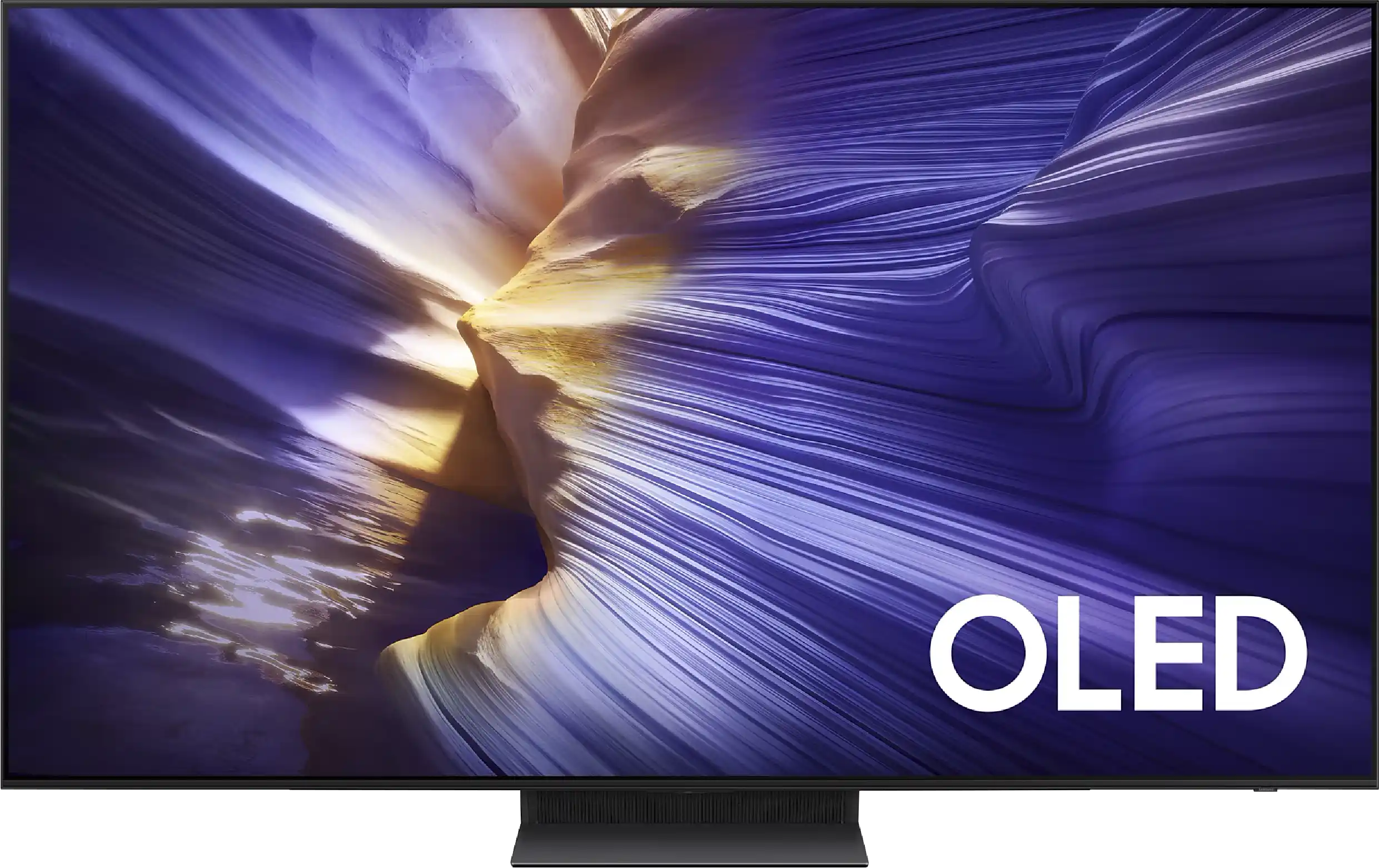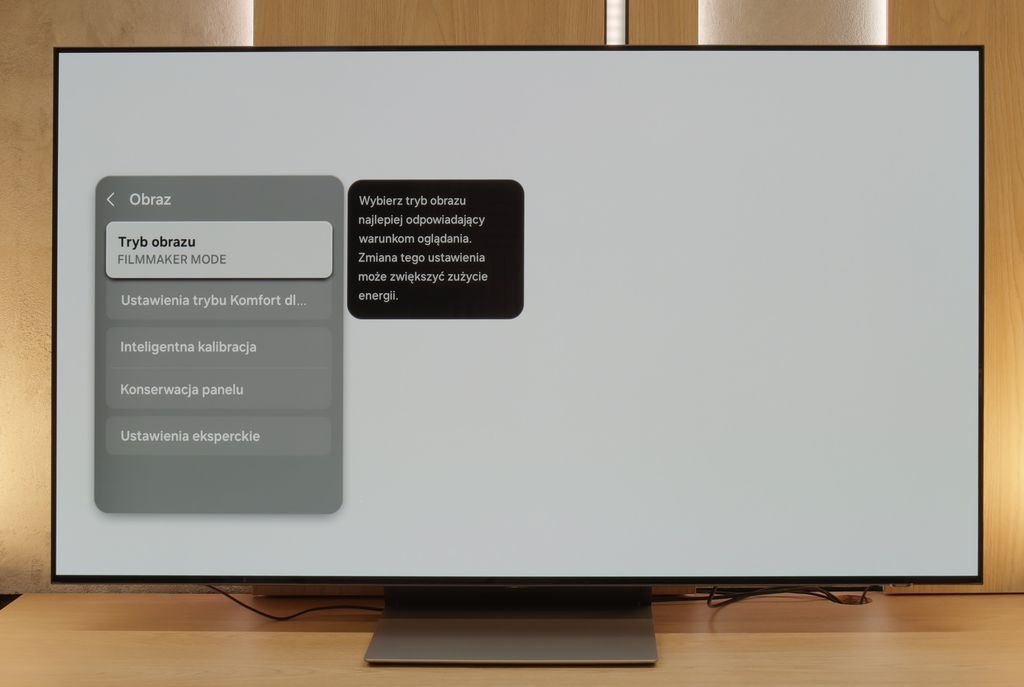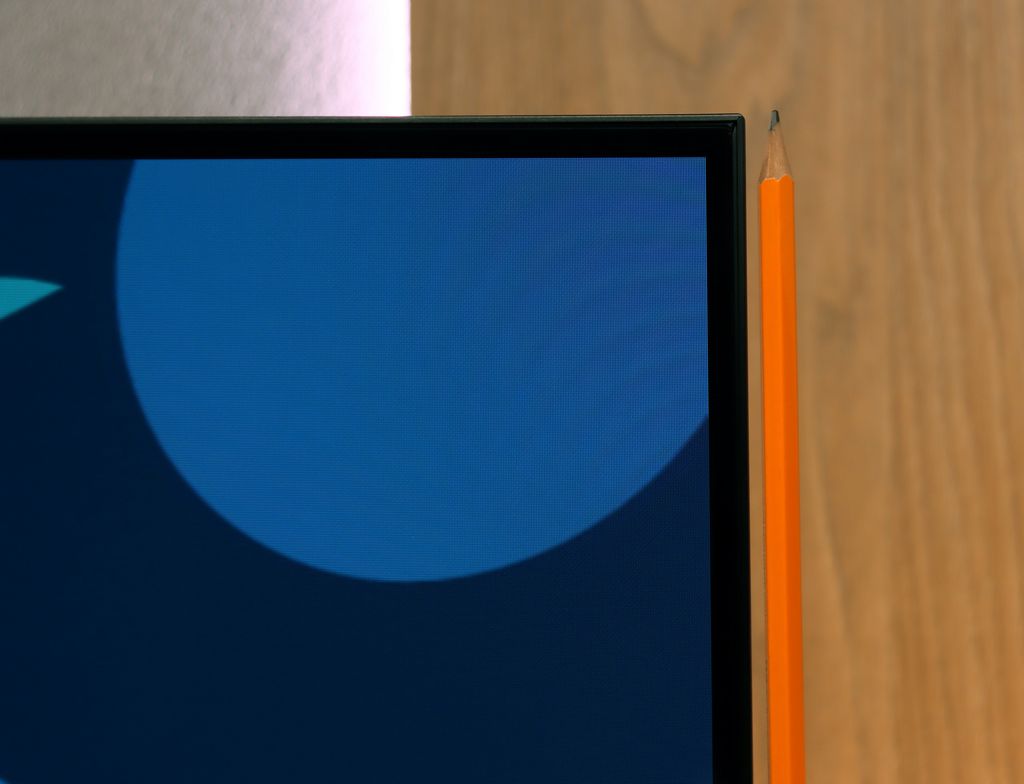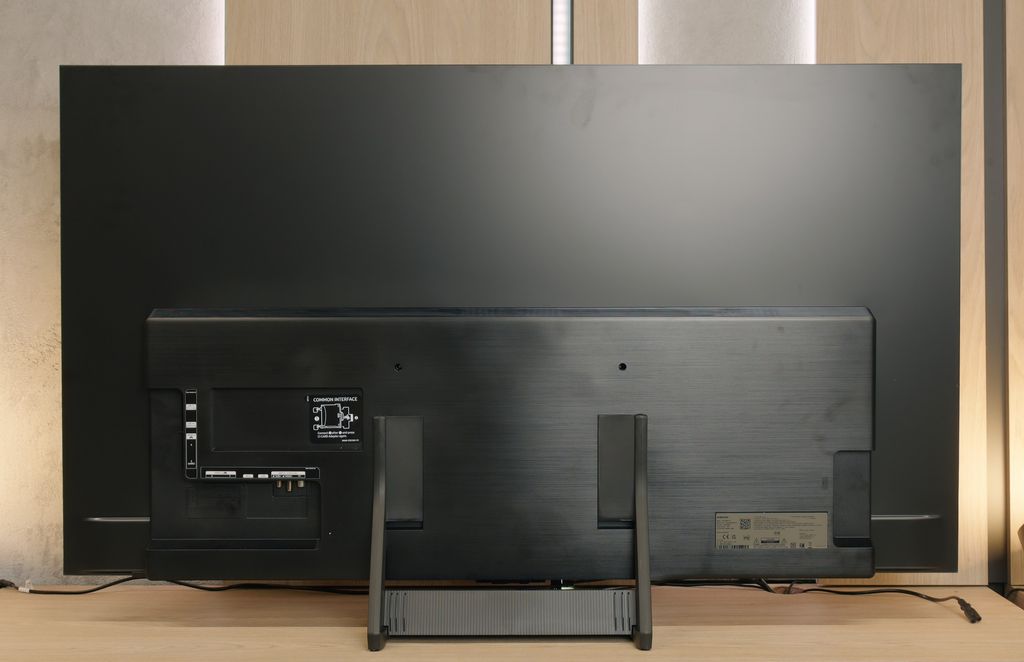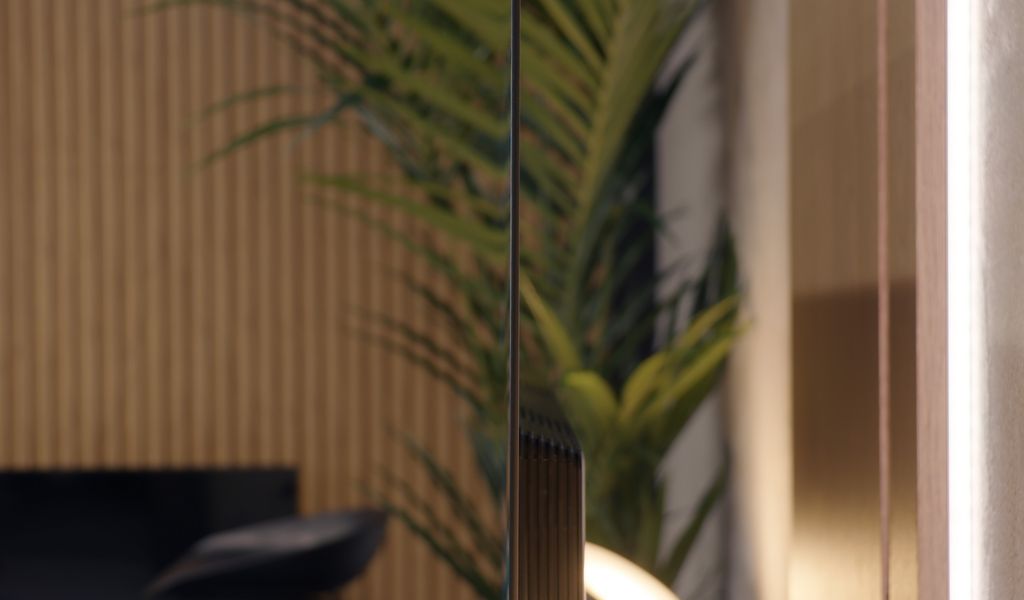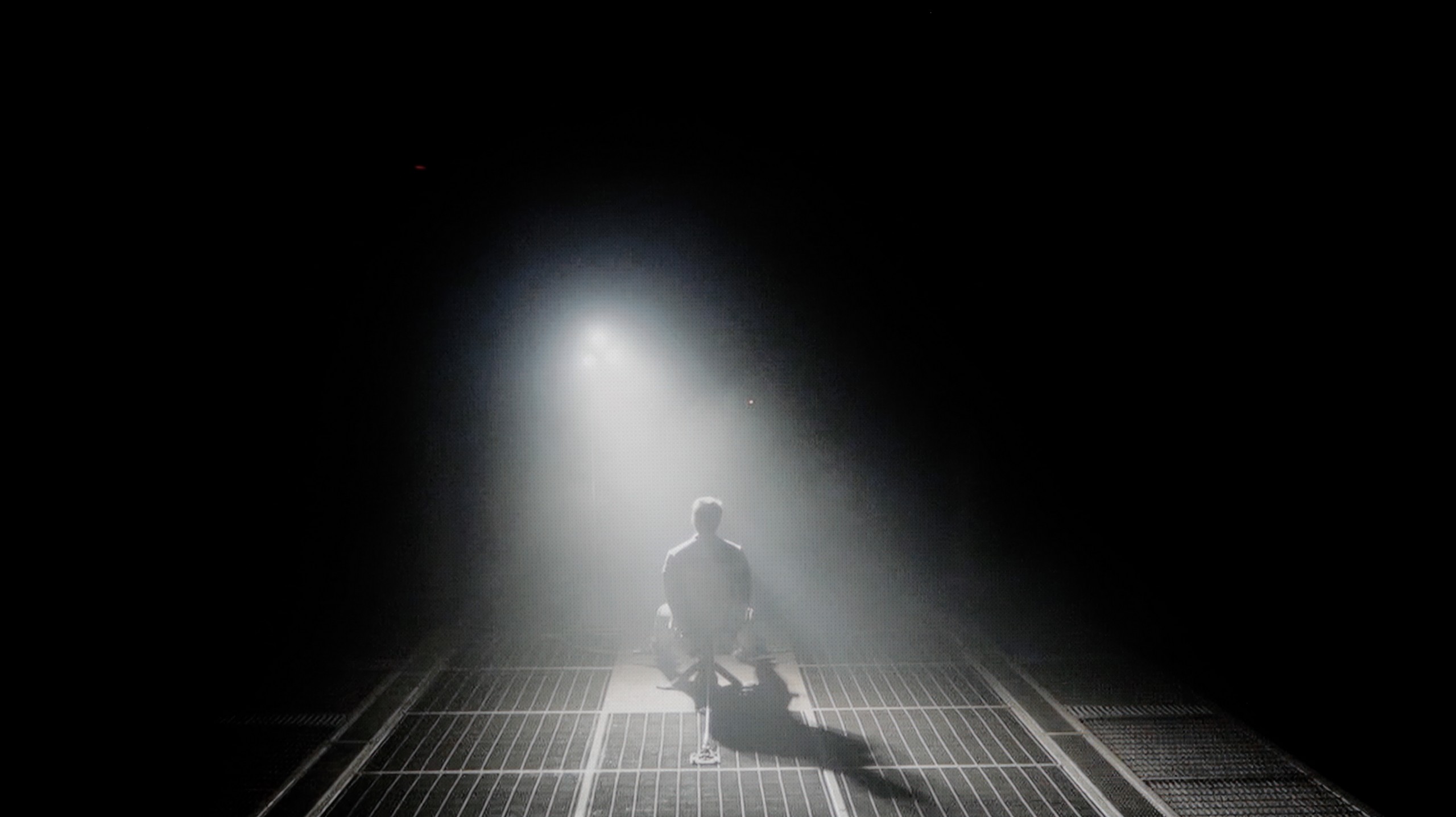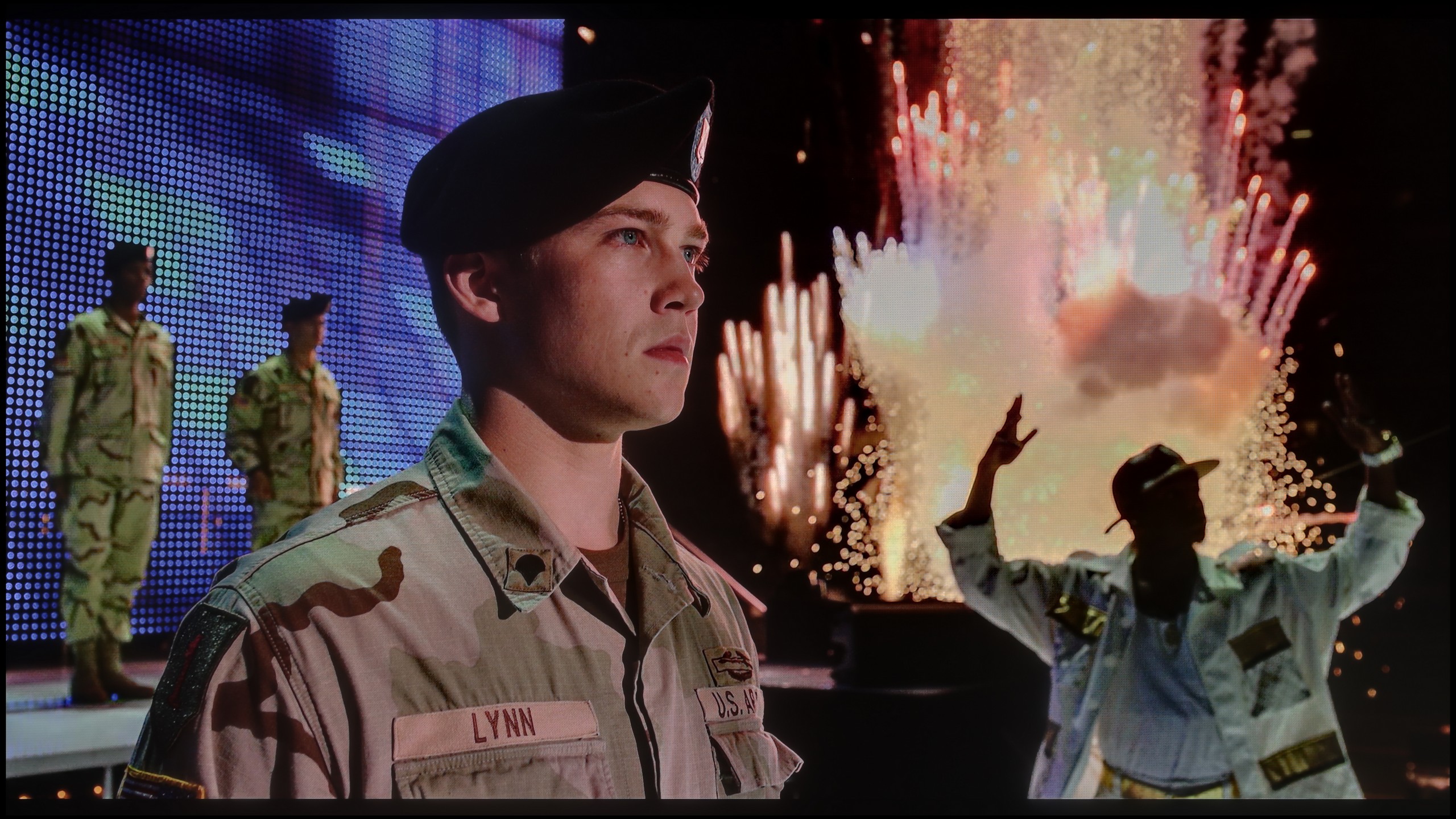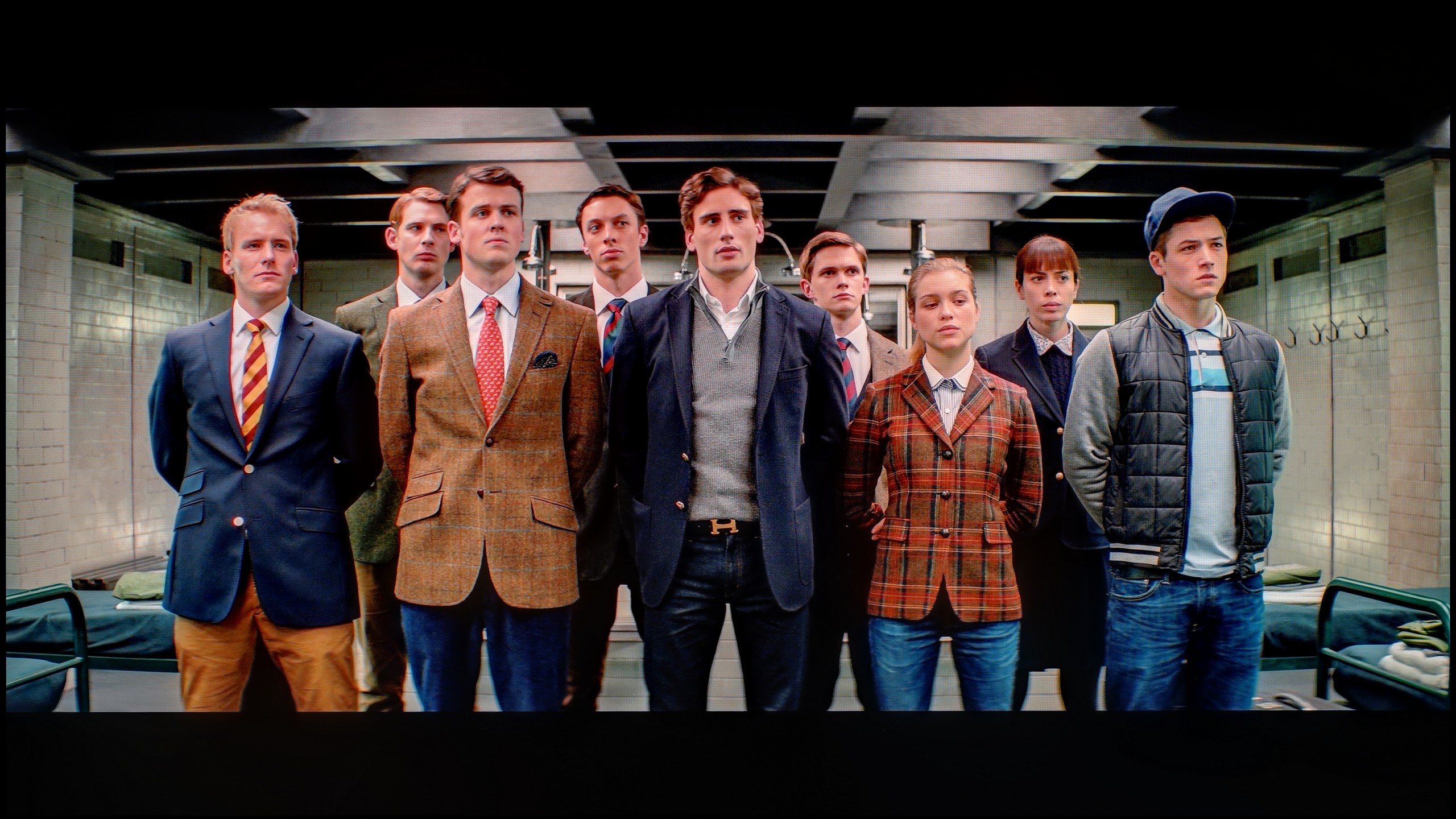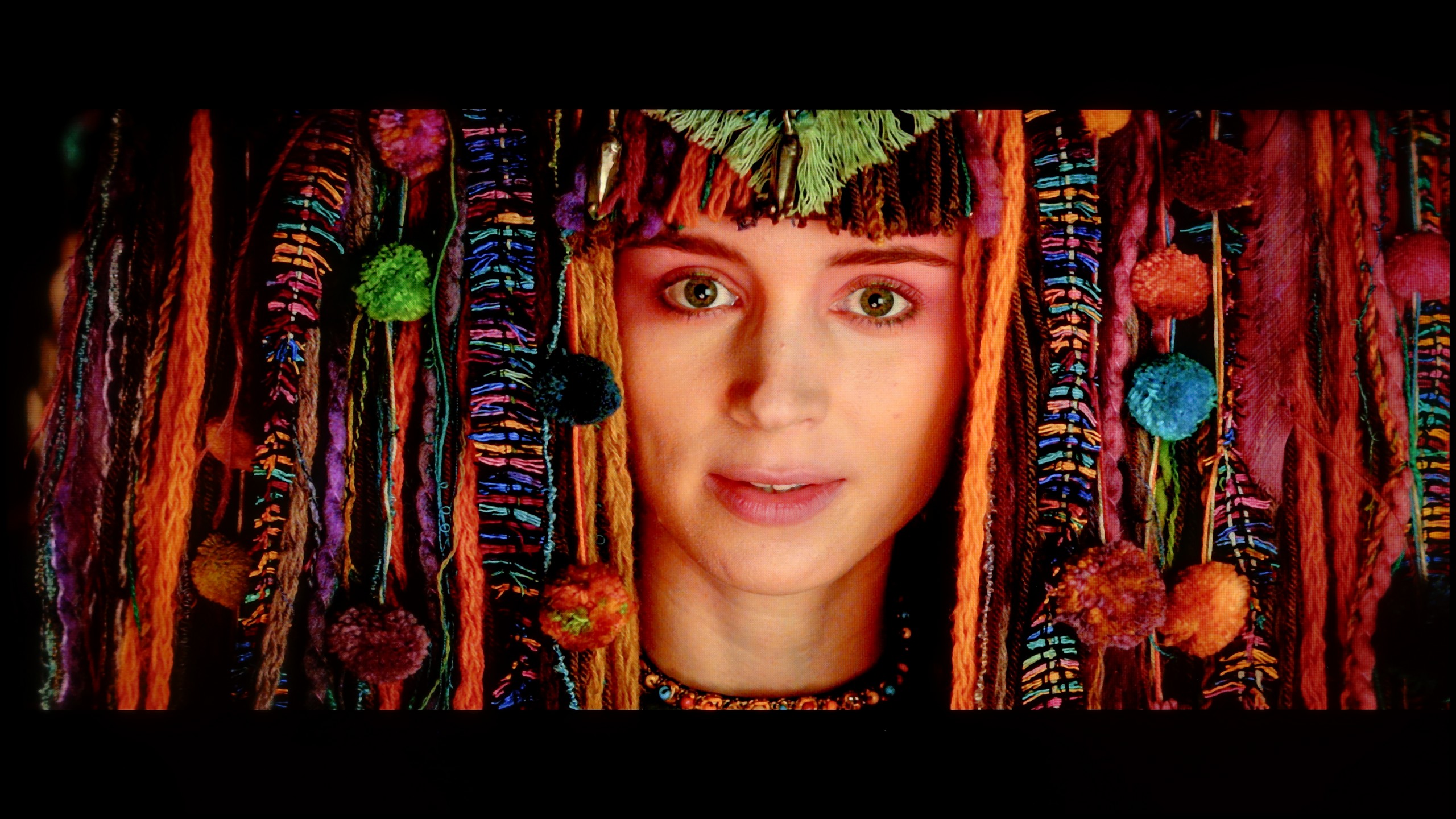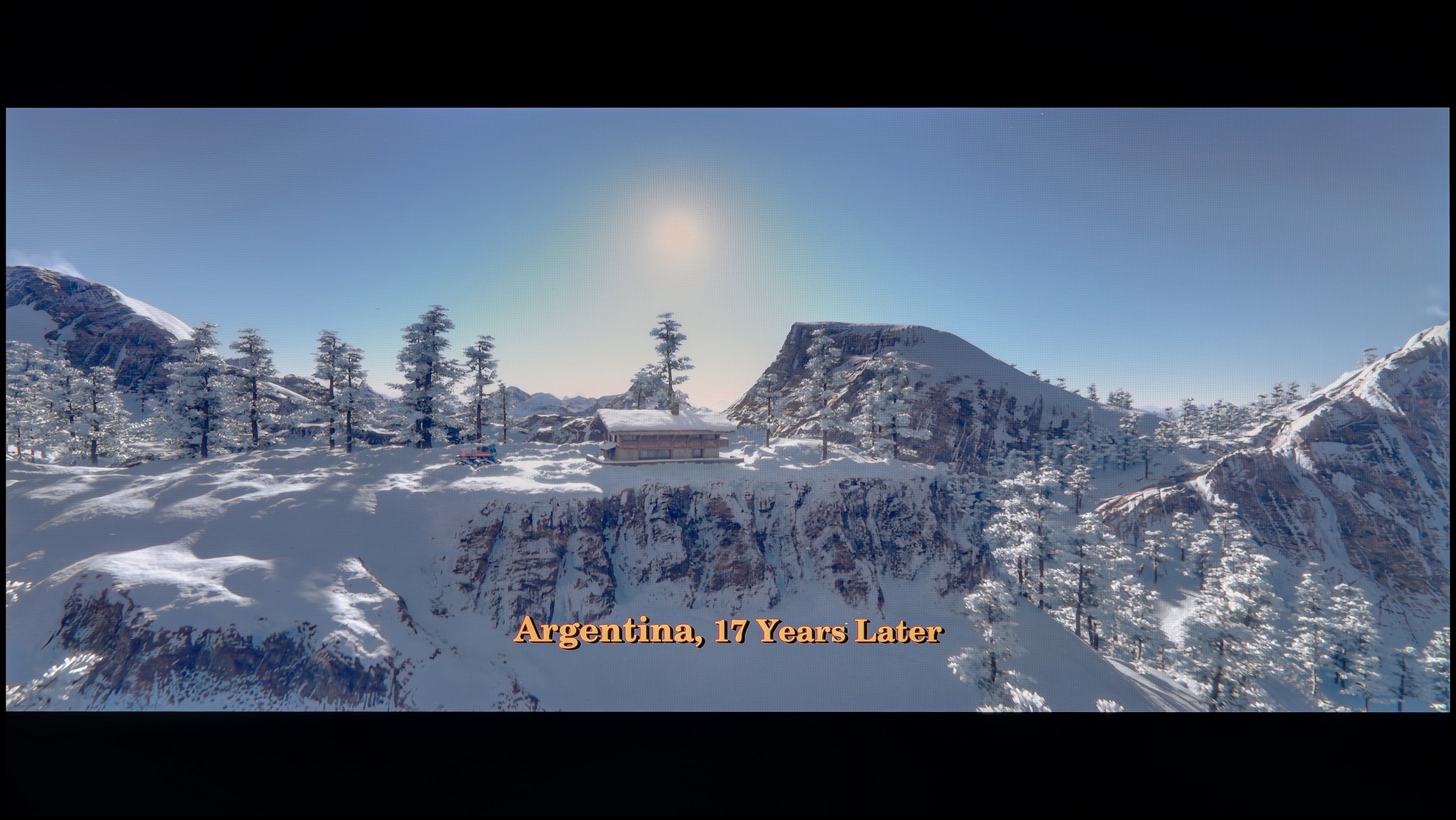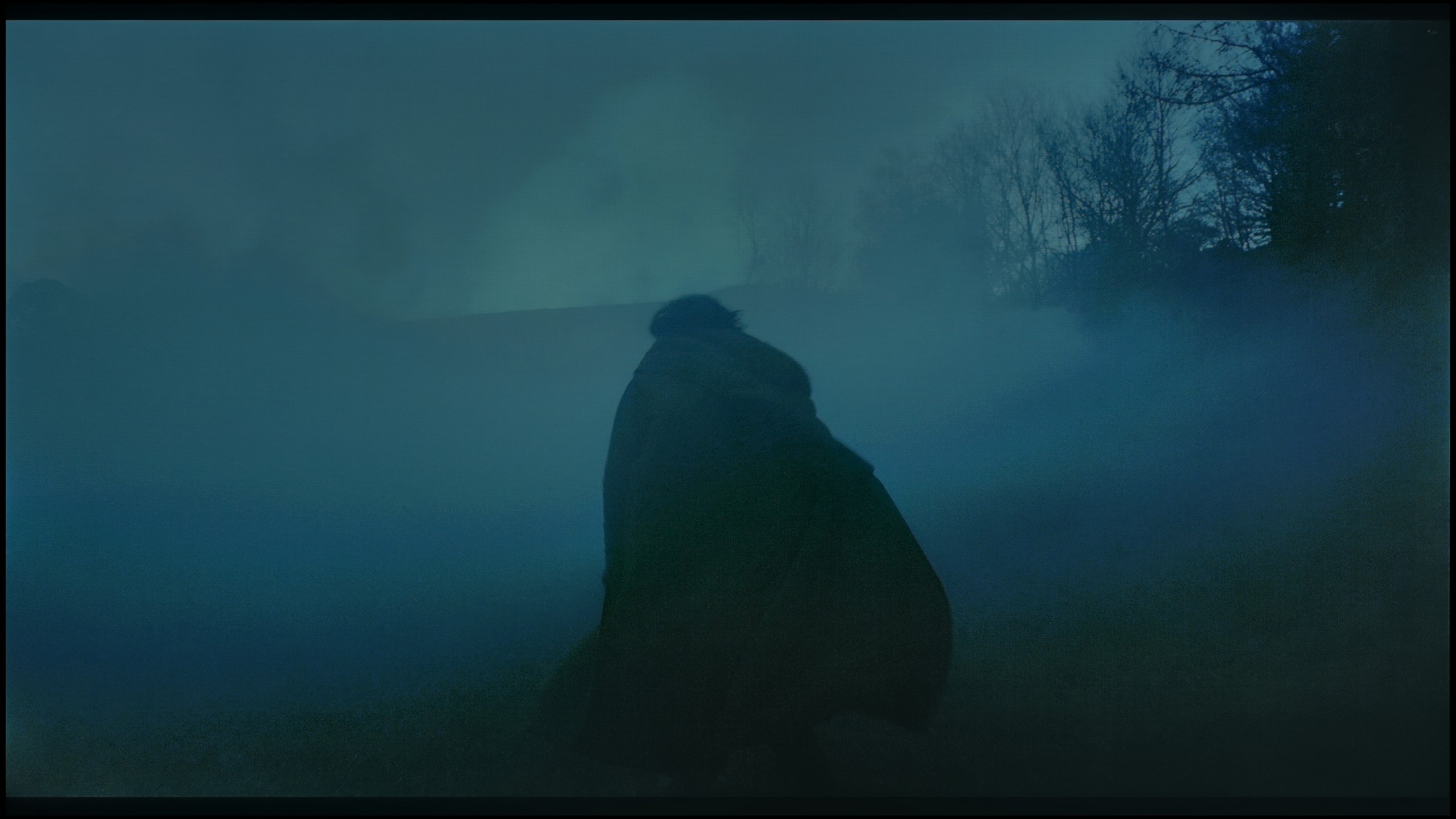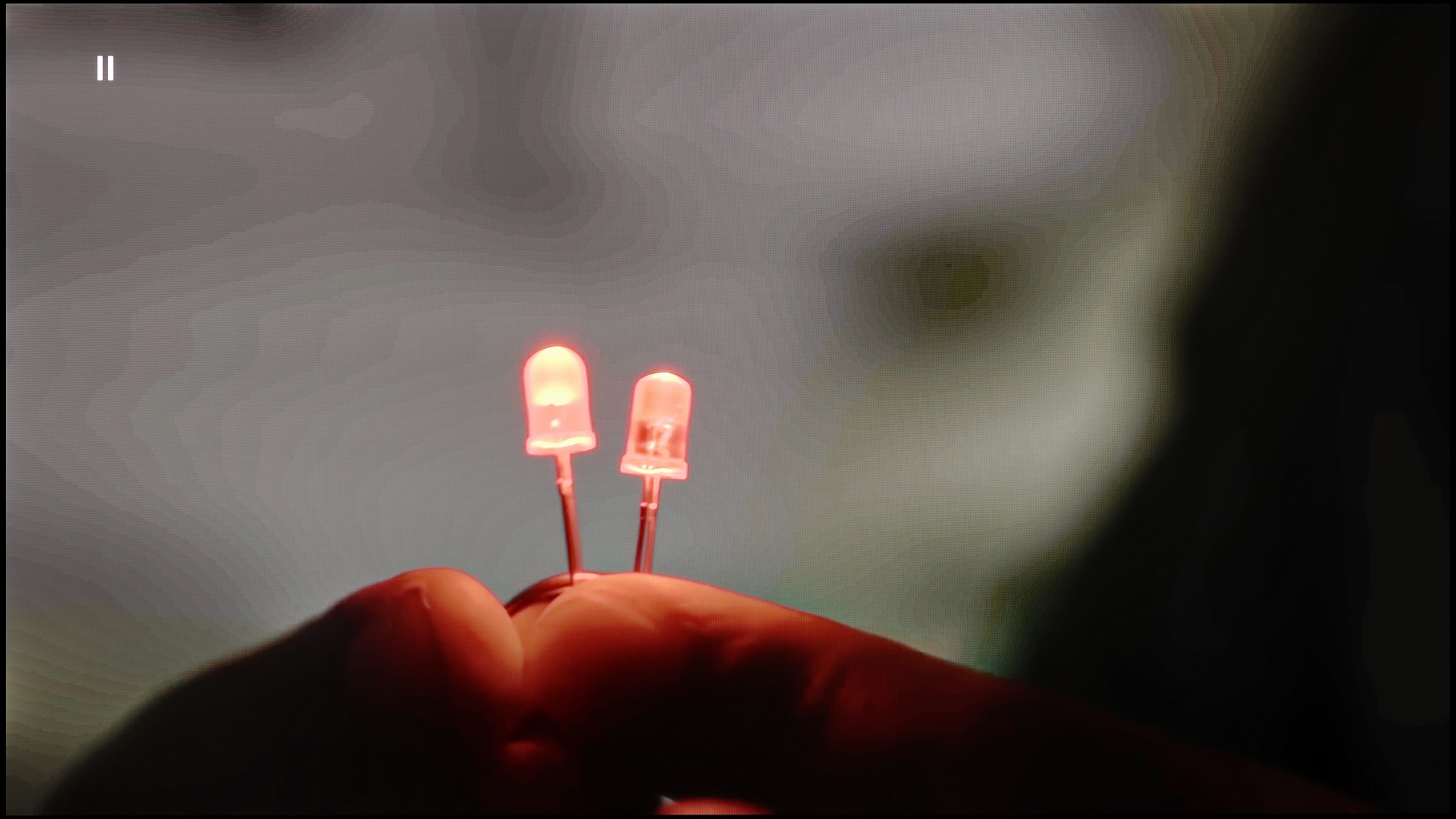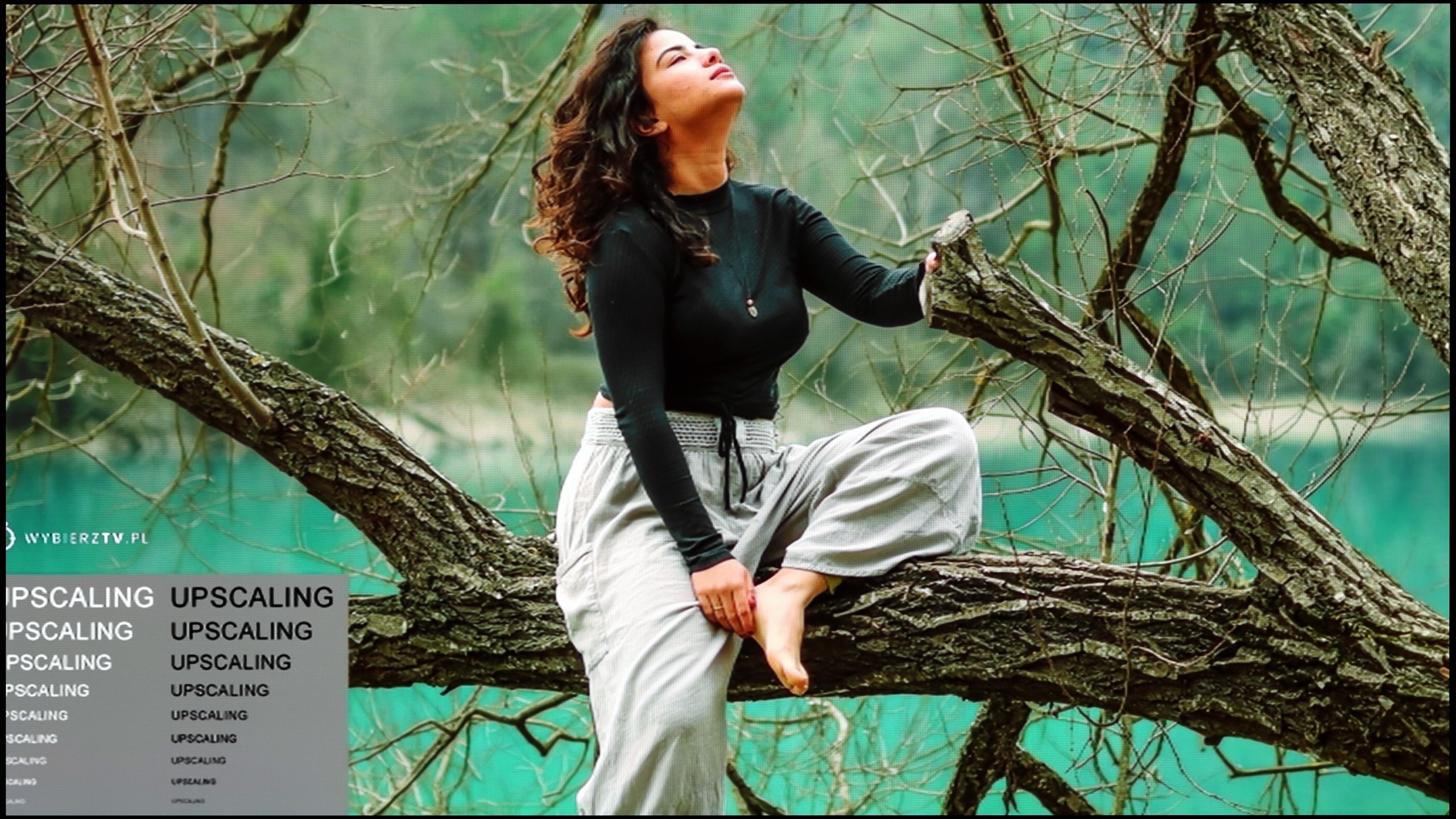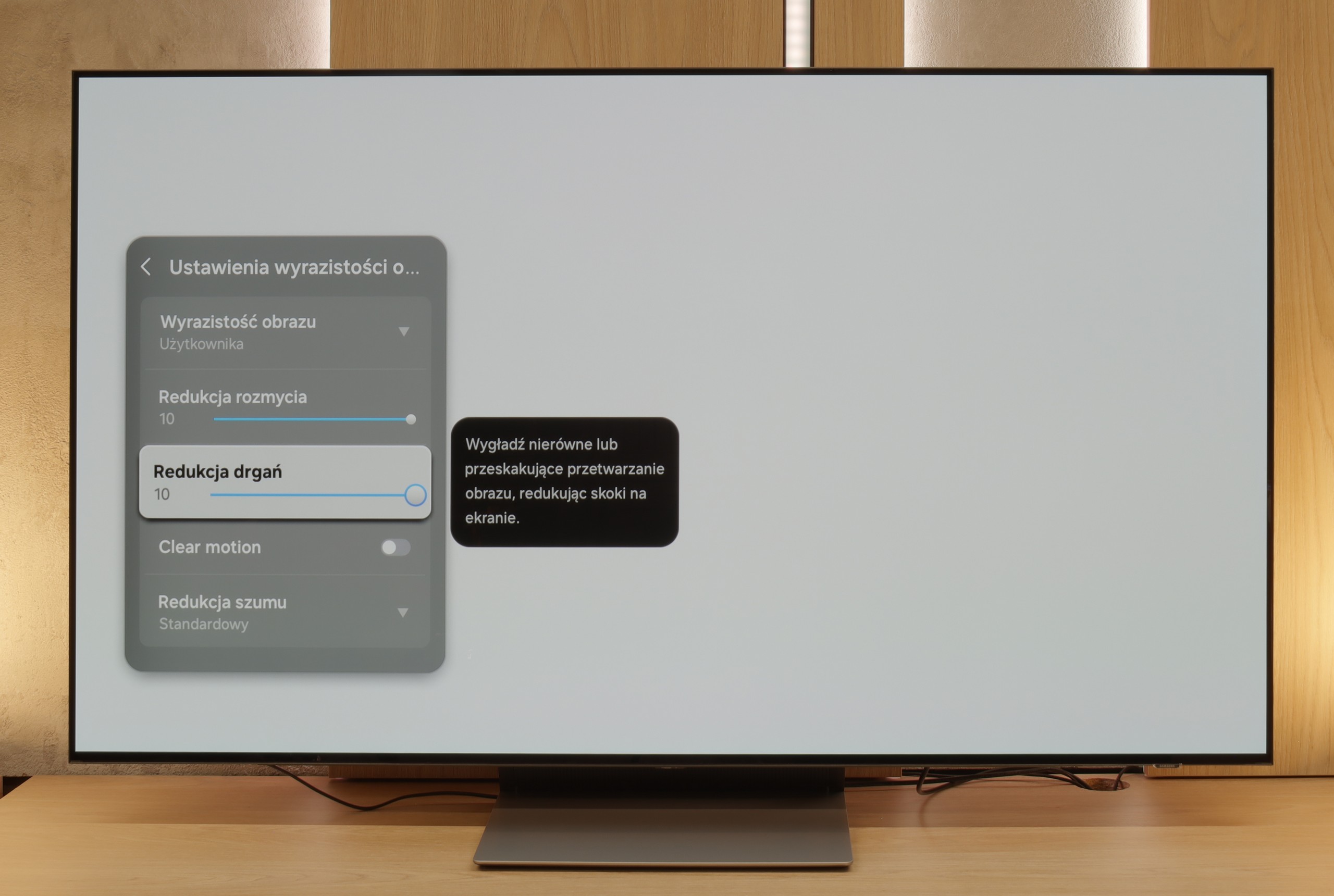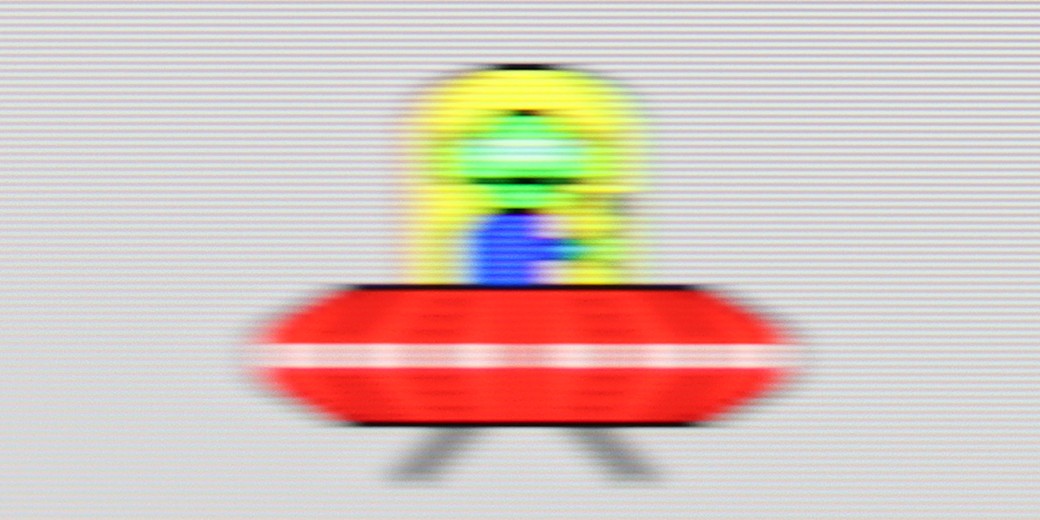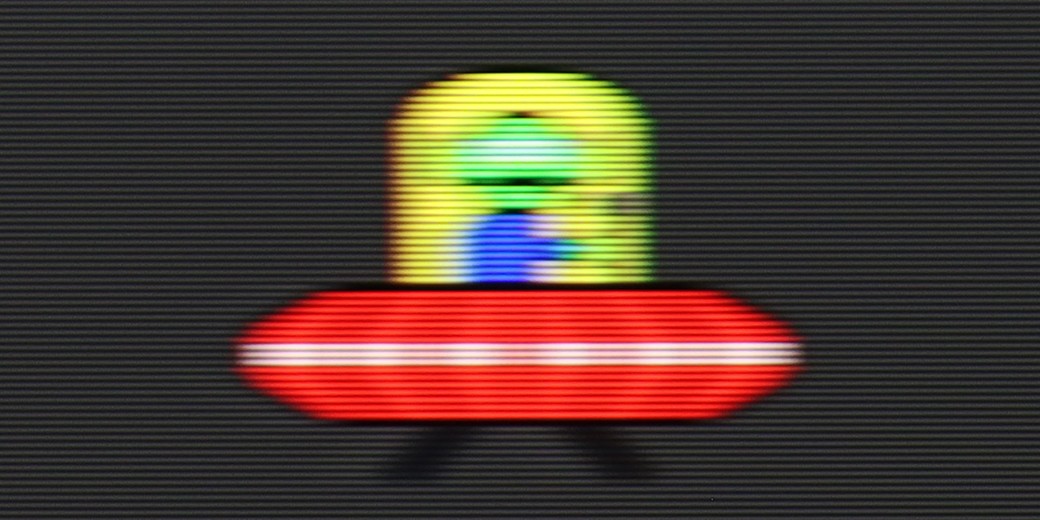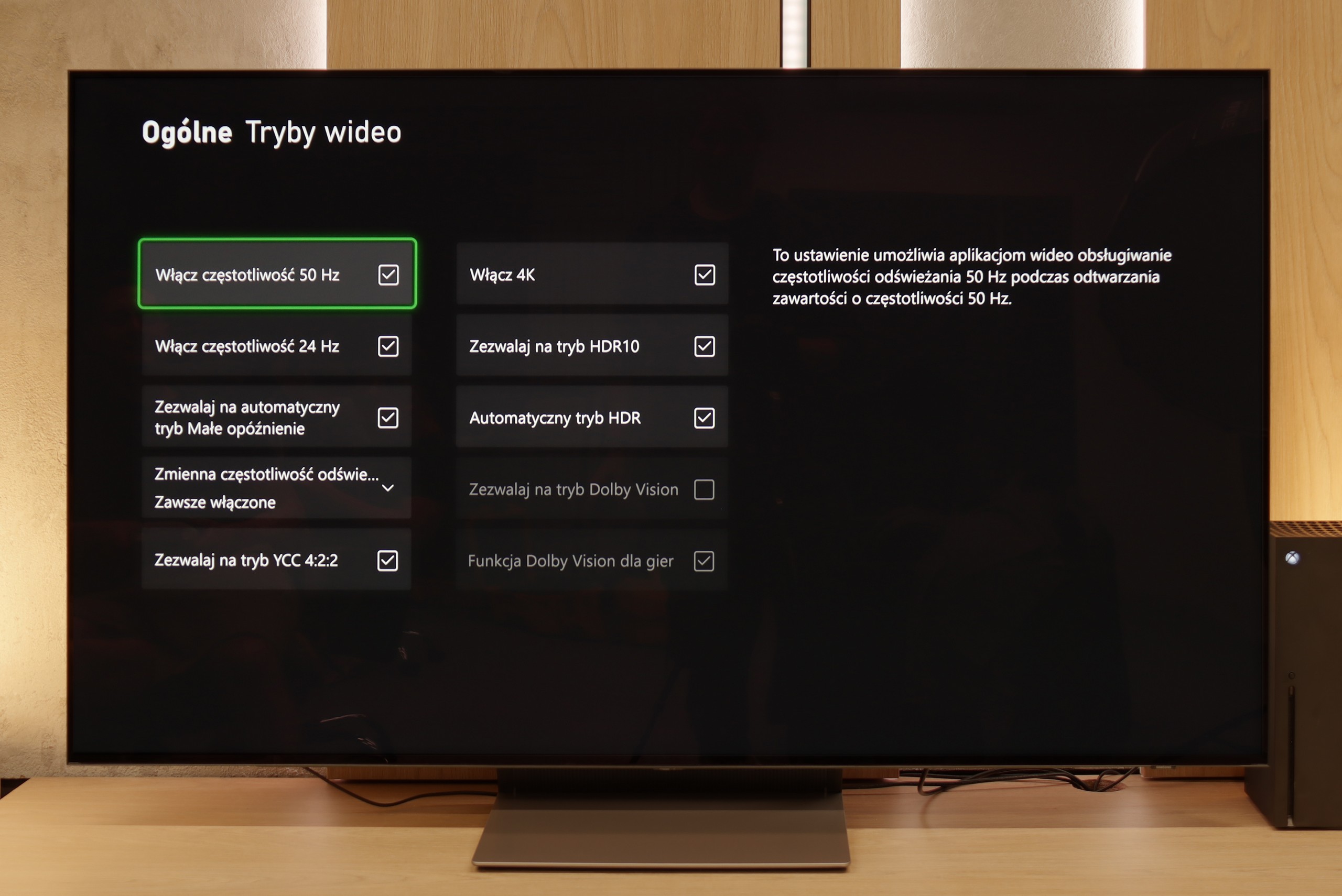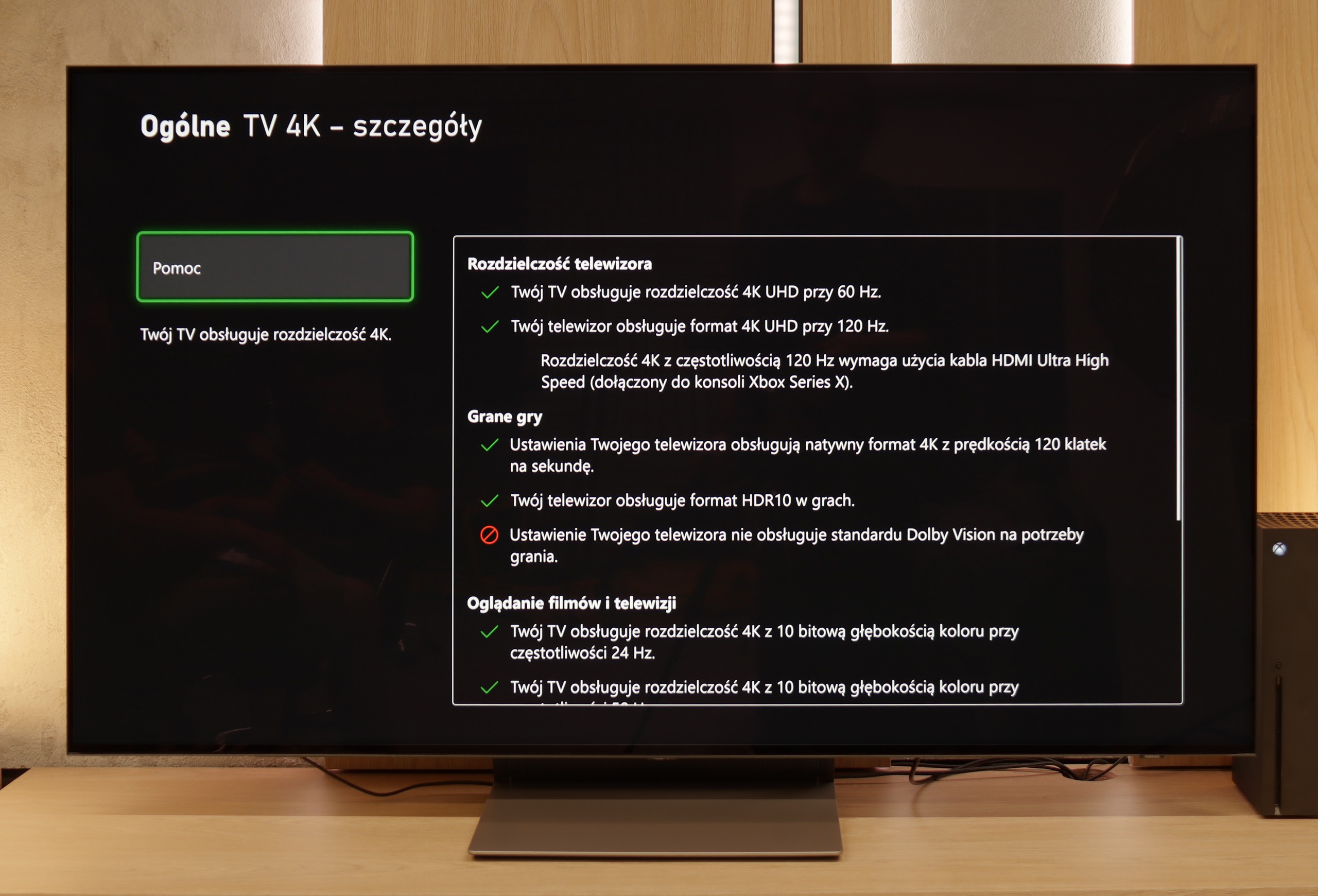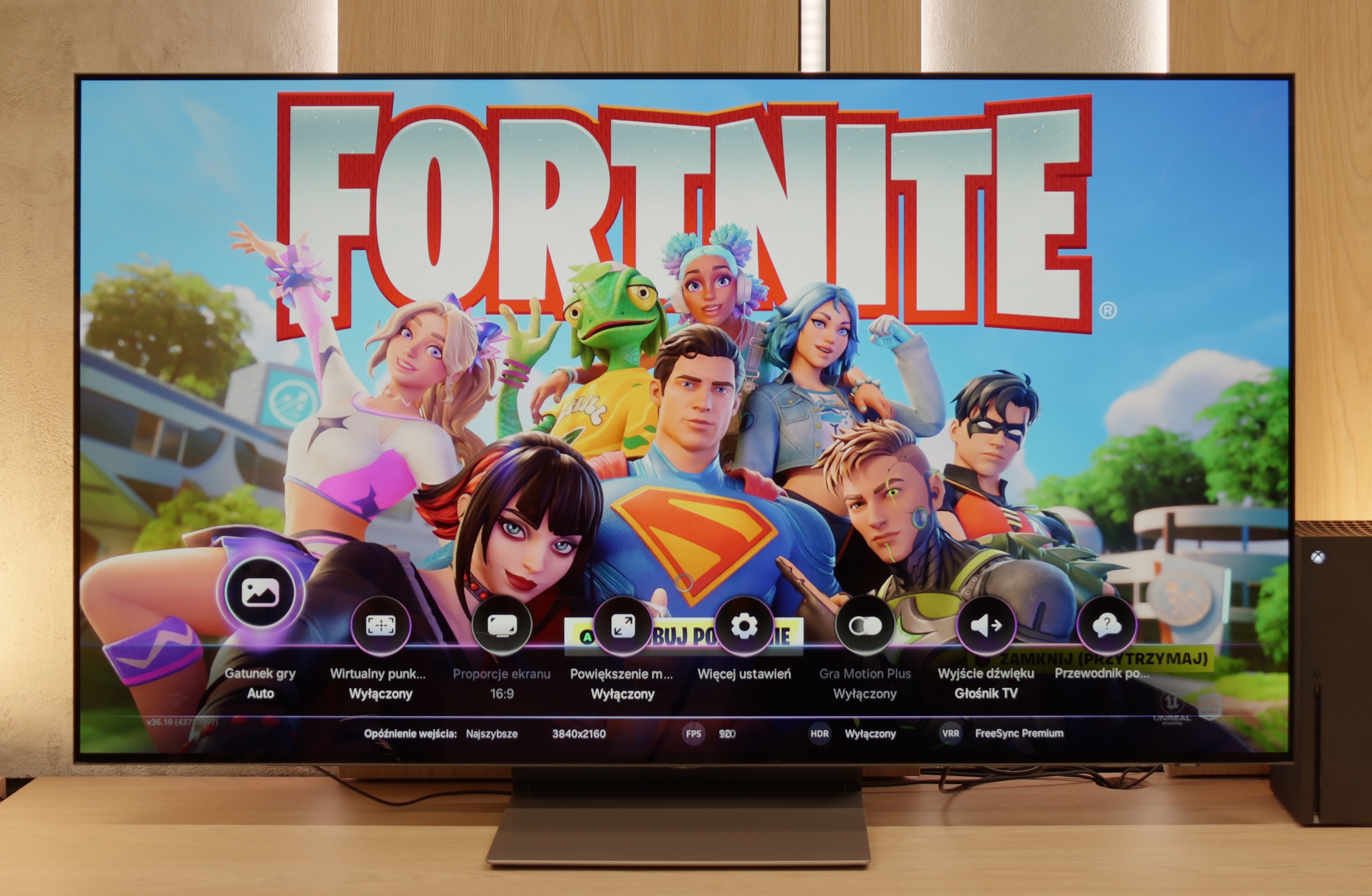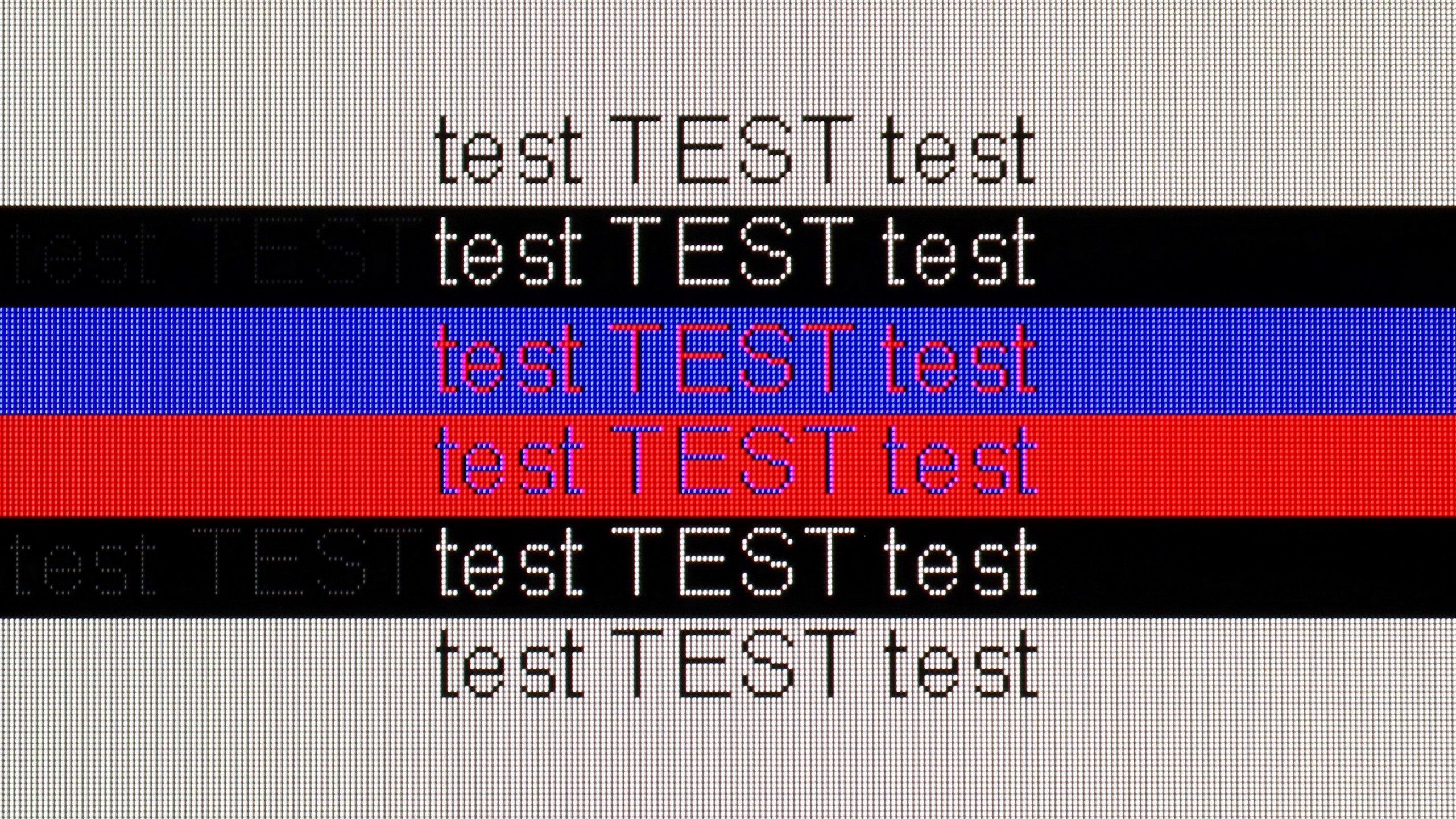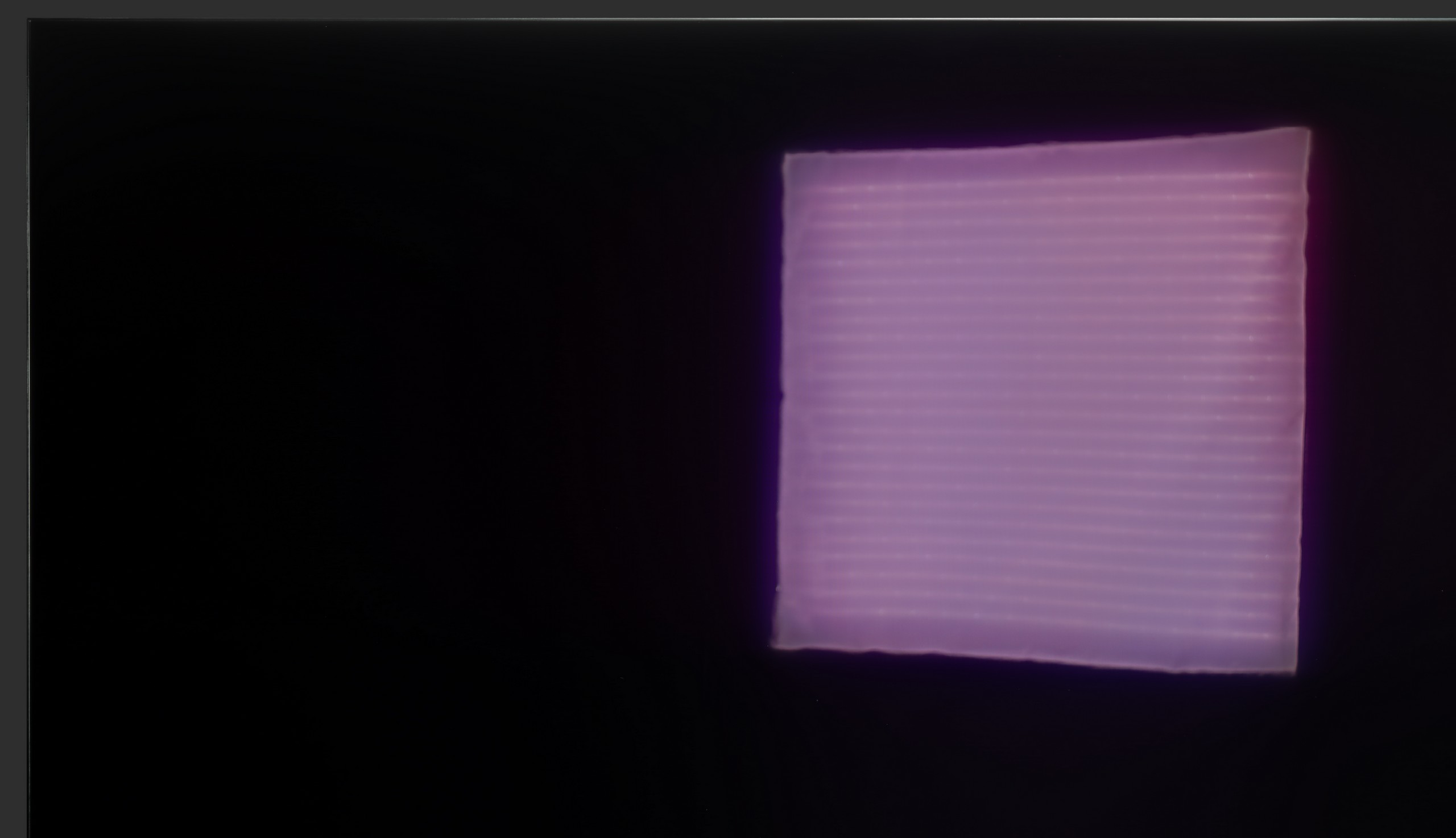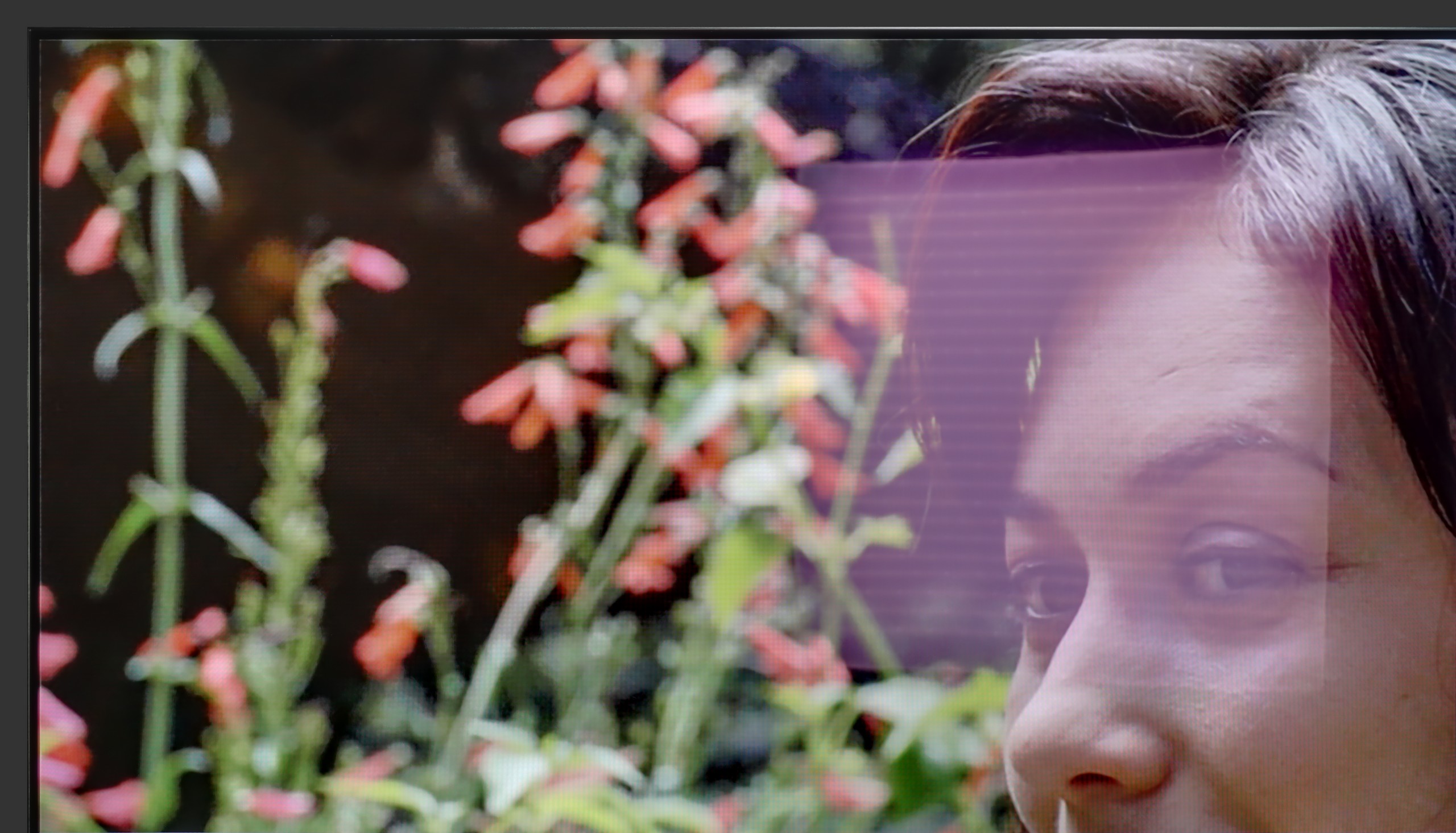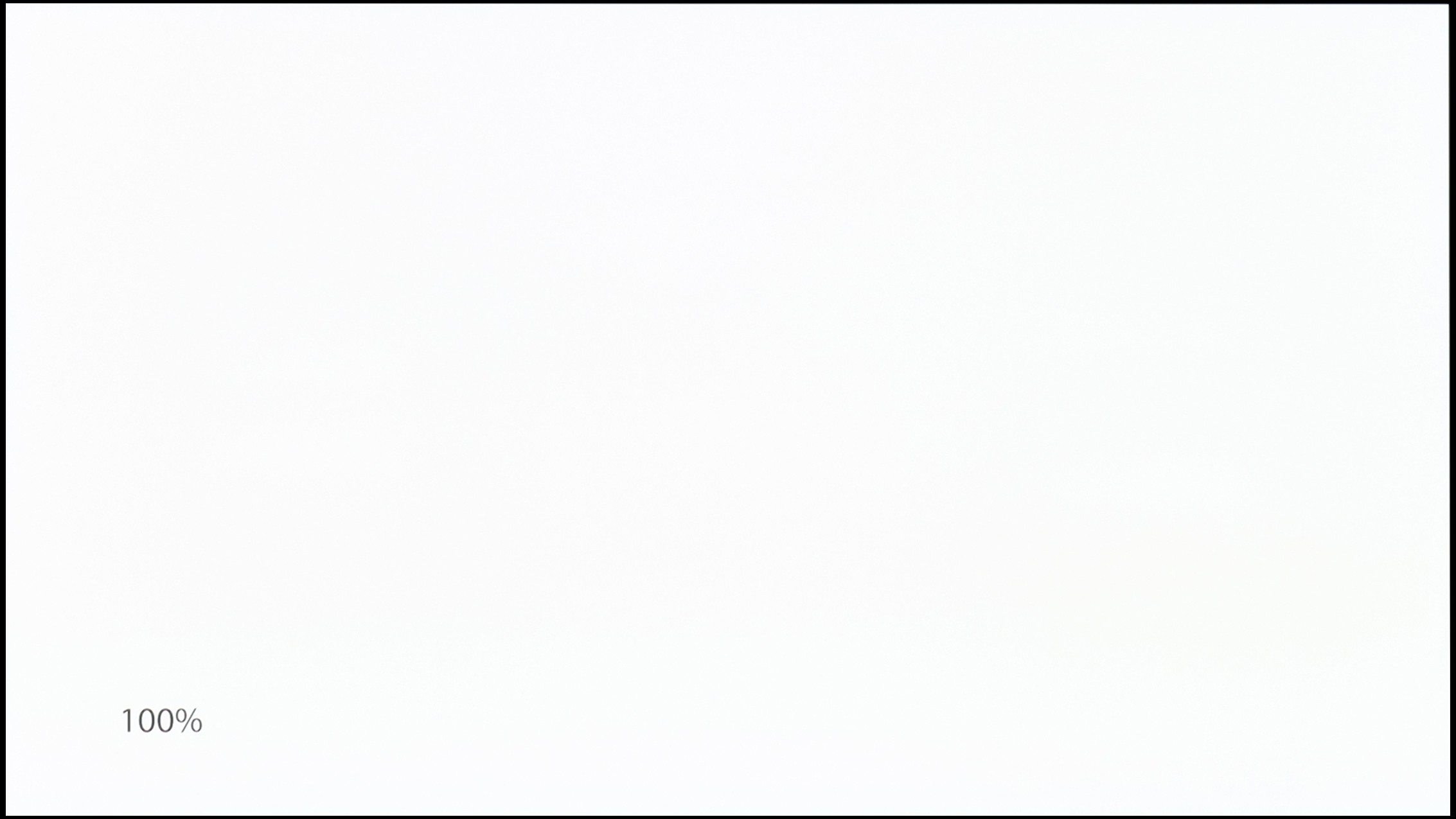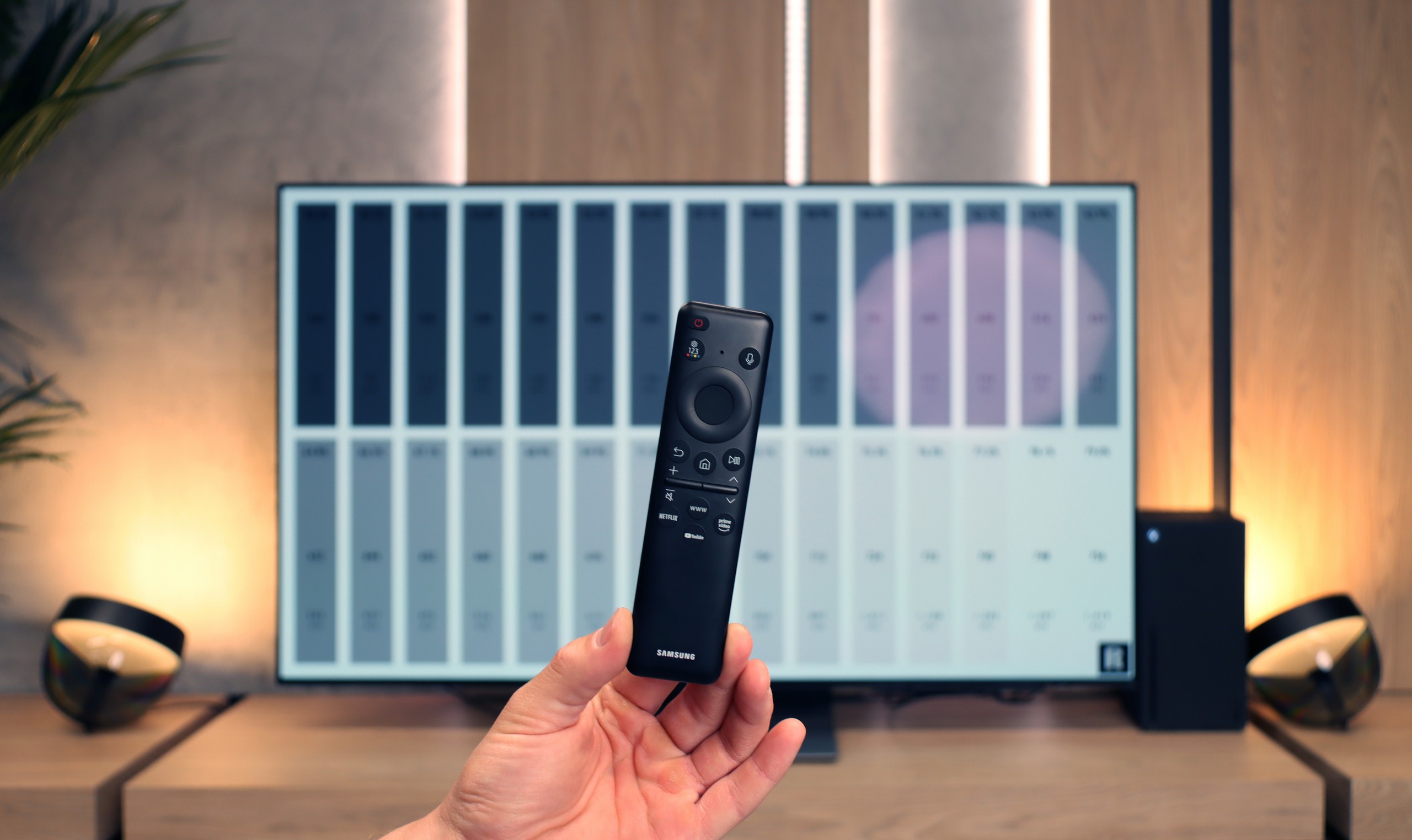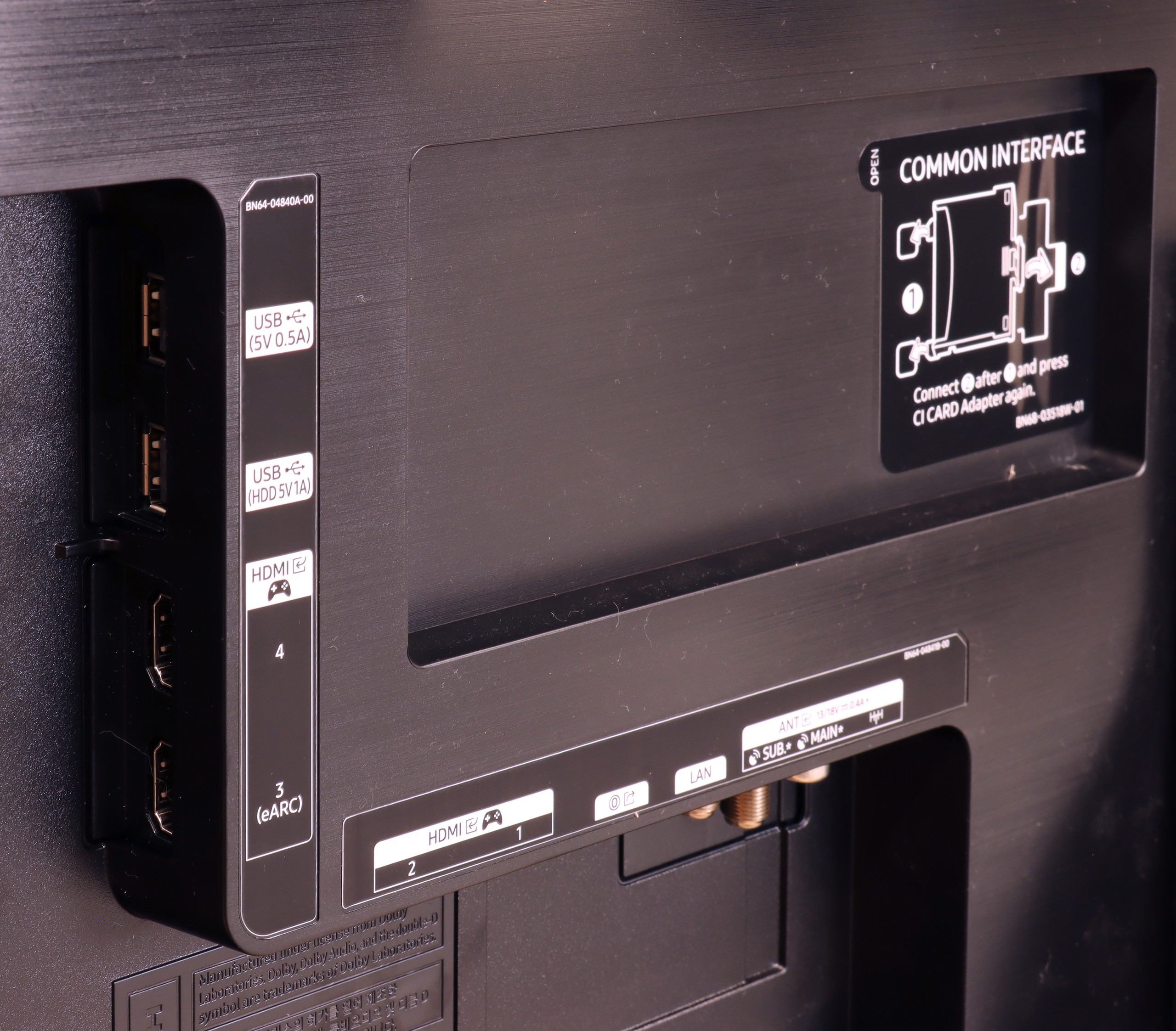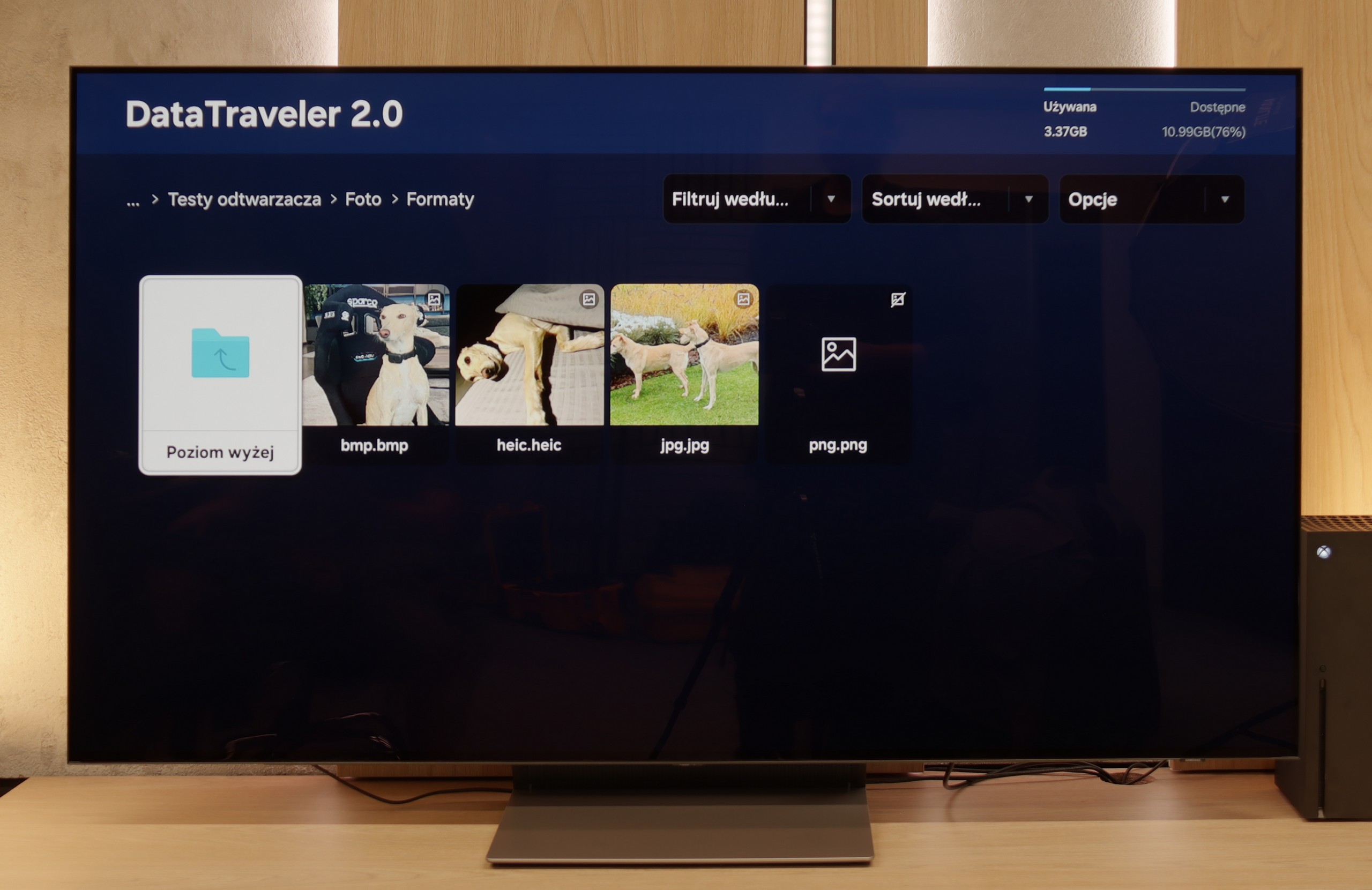The LG OLED B4 is an exceptionally versatile television within the semi-premium category. Given its impressive features and competitive pricing—set to drop further as history suggests—it offers outstanding value. The hypnotic combination of perfect black levels and high contrast will captivate anyone familiar with OLED technology, making a return to LCD screens almost unthinkable. While its peak brightness in HDR content might seem modest on paper, the visual experience is enhanced by the panel’s inherent strengths, making the brightness appear far more impactful. It’s also worth highlighting the stability and uniformity of brightness across most scenes. The slight drawback is the reduced brightness in full-frame white scenes, though these are relatively rare and thus not a major concern.
Factory colour reproduction is commendable, offering a good baseline that benefits significantly from calibration, fully realising the director’s vision. The LG B4 is particularly well-suited for gamers and sports enthusiasts alike. Gamers will appreciate the comprehensive HDMI 2.1 support and associated features, while sports fans will enjoy the advanced motion smoothing with its extensive adjustment options. The remote control, equipped with a gyroscope, allows for intuitive navigation akin to using a mouse, making the experience even more seamless.
The WebOS system is another highlight, offering a smooth, responsive interface with a vast array of applications, meeting the needs of most users. At the core of the LG B4 is its advanced Alpha processor, responsible for enhancing image smoothness and conducting detailed signal analysis. The processor’s ability to optimise the darkest and brightest areas of the image significantly improves the viewing and gaming experience. Furthermore, it effectively reduces noise and elevates the overall content quality, especially when viewing 4K material, placing the LG B4 ahead of many competitors in its price bracket.
The growing popularity of OLED technology is well-reflected in the LG B4, which excels in handling dynamic action scenes, offering seamless transitions without blurring. This makes it particularly appealing to discerning users prioritising high image quality and cutting-edge technology. All essential applications are present, ensuring a comprehensive user experience.
In summary, who is the LG OLED B4 for? It’s the perfect choice for those seeking top-tier image quality within a set budget, yet it offers more than just value for money. The LG B4 stands out distinctly in its price range, offering superior image quality that many competitors cannot match.

